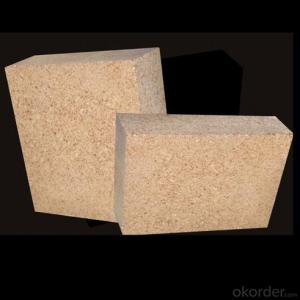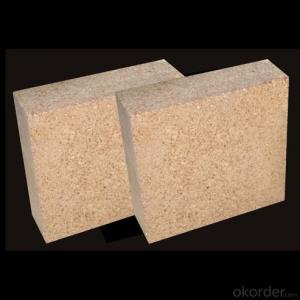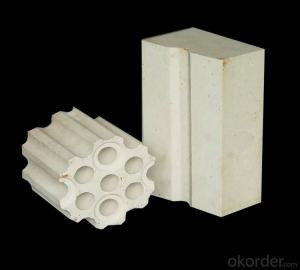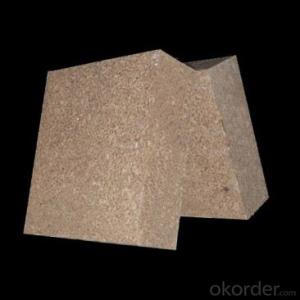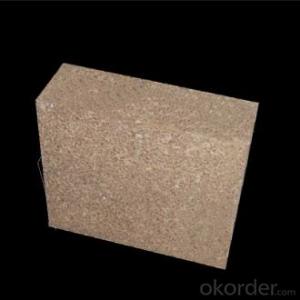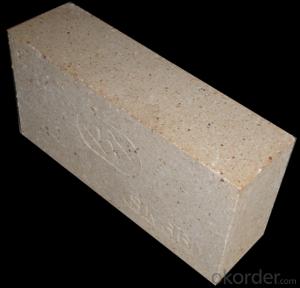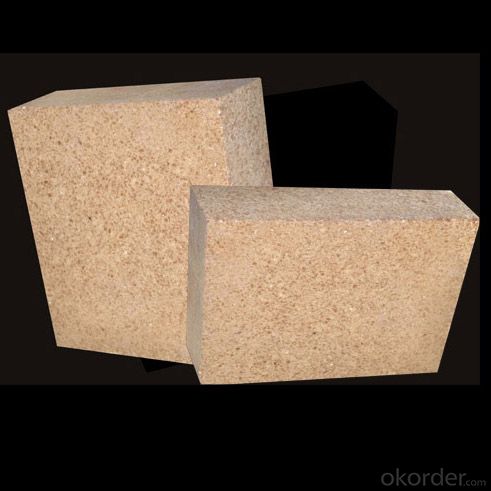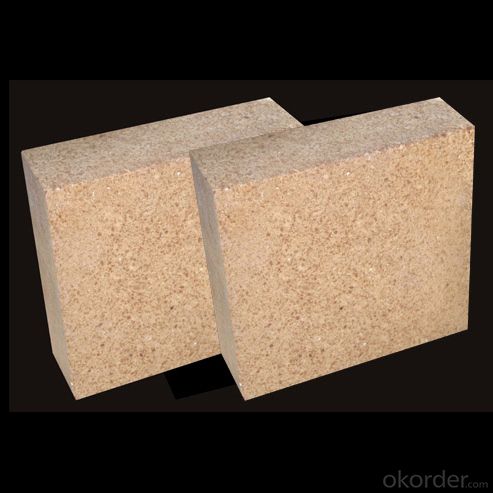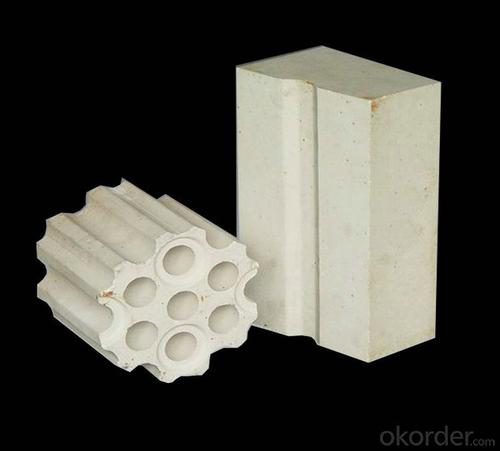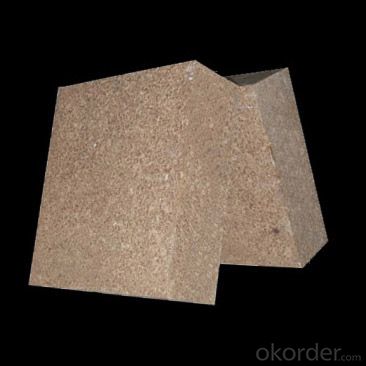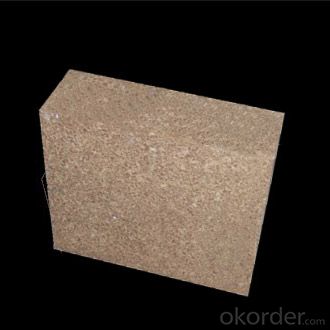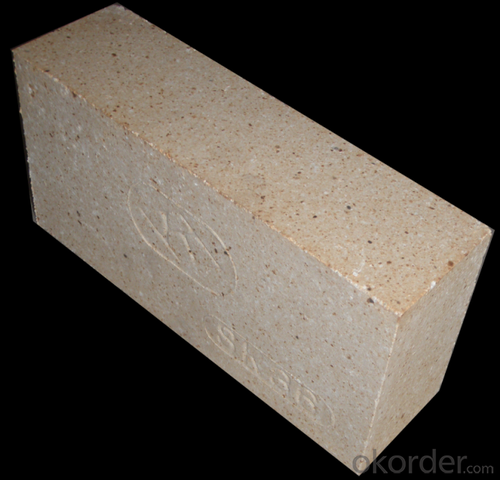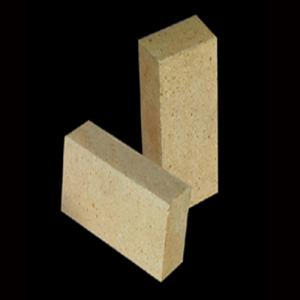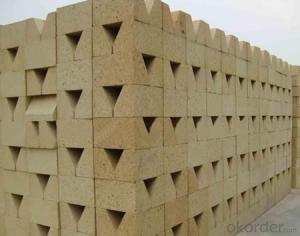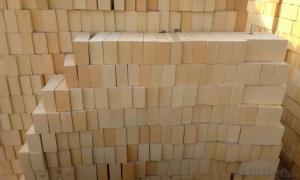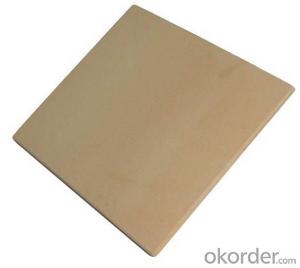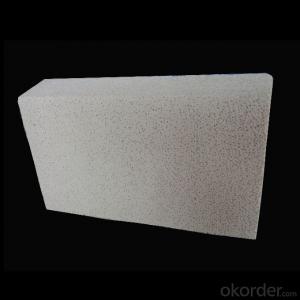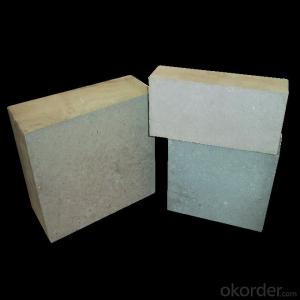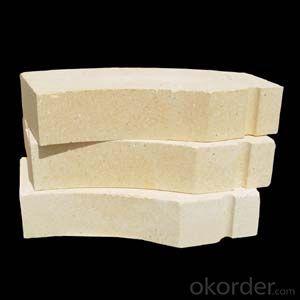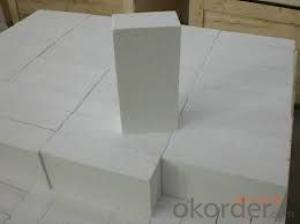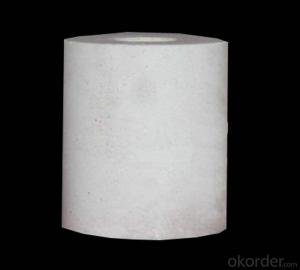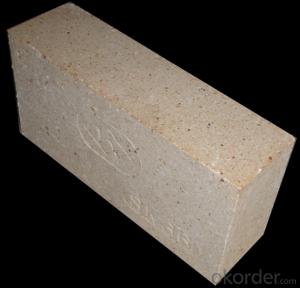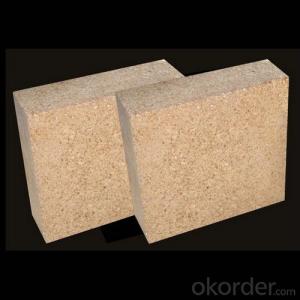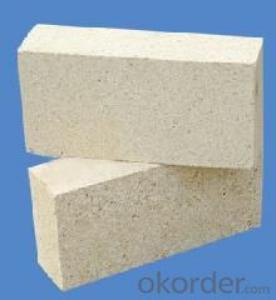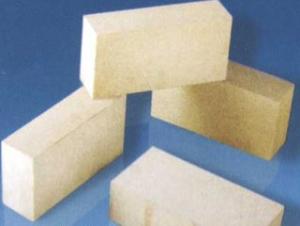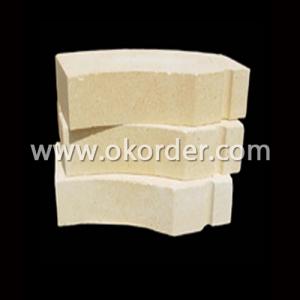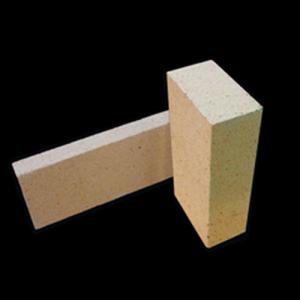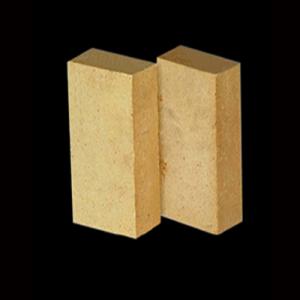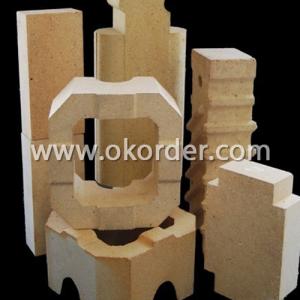High Alumina Brick for Industrial Alumina Kilns
- Loading Port:
- Qingdao
- Payment Terms:
- TT OR LC
- Min Order Qty:
- 5 m.t.
- Supply Capability:
- 10000 m.t./month
OKorder Service Pledge
OKorder Financial Service
You Might Also Like
High Alumina Bricks for Alumina Making Industrial Stoves
Composite of High Alumina Bricks for Alumina Making Industrial Stoves
High Alumina Bricks are classified according to alumina content ranging from 48% to 90%.
Main Features of High Alumina Bricks for Alumina Making Industrial Stoves
Low thermal conductivity
Excellent acid and base slagging resistance
Excellent thermal shock resistance
Excellent mechanical strength
Wear and erosion resistant
Application of High Alumina Bricks for Alumina Making Industrial Stoves
commonly used in blast furnace, hot blast furnace, the roof of electric furnace, teeming ladle, rotary kiln, regenerator, etc
High Alumina Bricks for Alumina Making Industrial Stoves Images
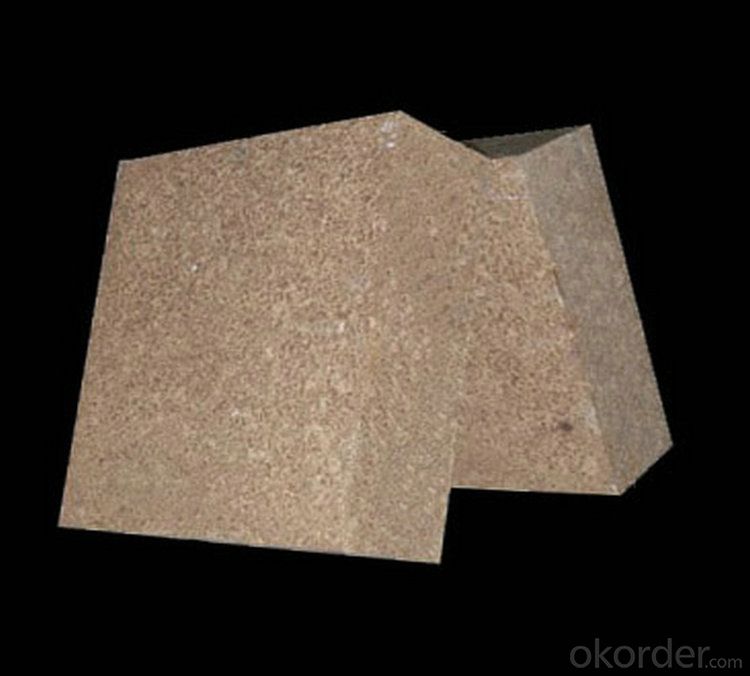
Specification of High Alumina Bricks for Alumina Making Industrial Stoves
HIGH ALUMINA BRICK---ALP85 | |
Apparent Porosity (%) | ≤18 |
Bulk Density (g/cm3) | ≥2.85 |
Cold Crushing Strength (Mpa) | ≥80 |
Modulus Of Rupture (Mpa) | ≥20 |
Refractoriness Under Load (0.2 Mpa)(℃) | 1450 |
Permanent Linear Change (%) | 1500℃×3h -0.5 ~+0.5 |
Chemical Composition (%) |
|
Al2O3 | ≥82 |
Fe2O3 | ≤1.5 |
P2O5 | ≤3 |
FAQ of High Alumina Bricks for Alumina Making Industrial Stoves
Q1:Are you a manufacture or trader?
A:Factory+trade(mainly factories, at the same time, we operates other related products).
Q2:Can we visit your factory?
A:Sure,welcome at any time, seeing is believing.
Q3:What's the MOQ of trial order?
A:No limit, We can offer the best suggestions and solutions according to your condition.
Q4:Which payment terms can you accept?
A:T/T,L/C are available for us.
Q5:Is your company accept customization?
A:We have own factory and excellent technical team, and we accept OEM service.
Q6:How about your company's certification?
A:ISO9001 and Test Report, also we could apply other necessary certification.
Q7:How about your company's certification?
A:ISO9001 and Test Report, also we could apply other necessary certification.
- Q: Is there a big difference between two high alumina brick and one high alumina brick?
- The difference between the two kinds of high alumina bricks is great. I perennial in Zhengzhou was responsible for the production and sale of colt refractories
- Q: In 2016, a few of the traditional refractory materials will be able to survive
- The other is in large enterprises and individual has the unique advantage of the small enterprises, with independent technology system, production equipment advanced, there are certain funds set up to deal with risk, timely reform, such enterprises compared to a few years ago the productivity and sales or have declined, but overall is still in the stage of production increased steadily.
- Q: What is the heat preservation material used in a laboratory furnace?
- Thermal insulation cotton is a high-purity clay clinker, alumina powder, silica powder, chromium sand and other raw materials in the industrial furnace melting at high temperature, forming fluid. Then, compressed air is used to blow or use the wire throwing machine to turn the yarn into a fiber shape. After the cotton collector is collected, the cotton is formed into a heat preservation cotton.The high alumina brick is usually made of high alumina clinker with small amount of clay. After grinding, the high alumina brick is poured and shaped in the form of slurry by the way of gas generation or foam, and it is burnt at 1300~1500 DEG C. Sometimes industrial alumina can be used instead of some bauxite clinker. Used for lining and insulation of masonry kilns, as well as for areas where there is no strong, high temperature molten material erosion and erosion. When contacting the flame directly, the surface contact temperature shall not be higher than 1350 degrees centigrade.
- Q: What's the difference between high alumina refractory bricks and high alumina refractory bricks?
- High alumina refractory brick in all thermal shock properties except performance are better than clay refractory brick, masonry in furnace and thermal equipment, such as clay bricks can be competent the work environment is not high aluminum brick masonry.
- Q: What is the standard size of high alumina brick?
- The country has laid down a number of criteria for the use of refractory bricks to unify market demand.
- Q: What are the reasons for the decline in the performance of high alumina bricks when we use high alumina refractory bricks?
- The brick Pei boring and time. 6, Pei brick kiln installed between the brick and the brick Pei order, Pei and kiln top, kiln wall gap etc.. 7, high alumina brick kiln plan, and the lack of edges and corners of the scene should be avoided.
- Q: What's the price of high alumina refractory bricks?
- The price of high alumina refractory bricks varies greatly according to the content of AL2O3.
- Q: The difference between light high alumina brick and heavy aluminum brick
- Lightweight high alumina bricks, commonly called insulating refractory bricks, also known as insulating refractory bricks. First of all, literally, lightweight aluminum bricks and heavy aluminum bricks are very different in weight. Lightweight high alumina bricks, also called insulated high alumina bricks, are designed for insulation and heat preservation. In normal use, the utility model is not directly contacted with the furnace temperature, and is a refractory brick product which is close to the furnace wall and has the function of heat insulation and heat preservation.
- Q: What causes breakage of refractory bricks?
- There are many factors that lead to the damage of refractory brick, can be divided into: the chemical loss (e.g. salt penetration, redox phenomenon), heat loss (burning, thermal shock), mechanical loss (kiln deformation, thrust, brick masonry quality etc.).
- Q: How can the refractory brick blast furnace be pulverized and pulverized enough not to be taken away by the wind?
- The gas will directly lead the dome combustion, in order to ensure good mixing, complete combustion of gas and air in a short time, the combustion capacity of short flame or flameless combustion burner, commonly used for semi jet short flame burner.
Send your message to us
High Alumina Brick for Industrial Alumina Kilns
- Loading Port:
- Qingdao
- Payment Terms:
- TT OR LC
- Min Order Qty:
- 5 m.t.
- Supply Capability:
- 10000 m.t./month
OKorder Service Pledge
OKorder Financial Service
Similar products
Hot products
Hot Searches
Related keywords
